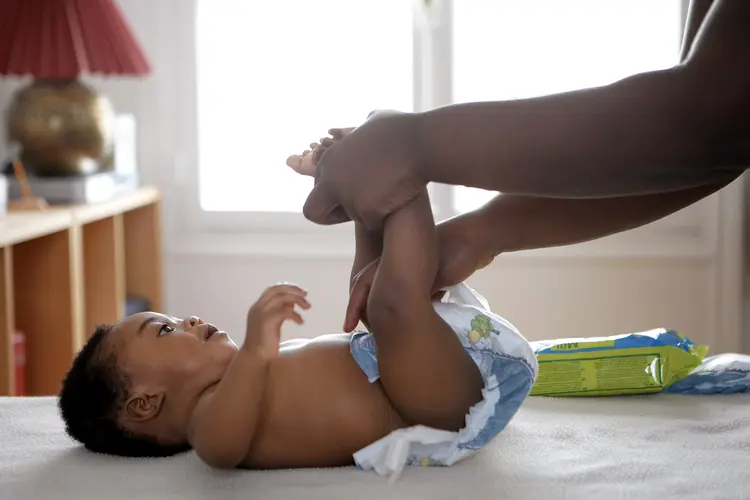What Are the Treatments for Diaper Rash?
No matter how careful you are, your little one will probably get diaper rash at some point. Most babies do.
Luckily, there are creams and ointments to take care of the problem and diapering know-how that can help prevent it before it strikes.
So, plan ahead. Learn how to treat diaper rash and prevent flare-ups. Your baby's little bottom will thank you!
Diaper rash happens when:
- You leave a wet or dirty diaper on too long
- Your baby’s skin rubs or chafes against the diaper itself
- Your baby gets a yeast infection
- Your baby gets a bacterial infection
- Your baby has an allergic reaction to their diaper
Babies get a diaper rash more often when they:
- Get older -- especially between 9 and 12 months old
- Sleep in poopy diapers
- Have diarrhea
- Start eating solid foods
- Are taking antibiotics, or if you take antibiotics and are nursing
Diaper Rash Treatments
These products aim to soothe a baby's sore skin or create a protective barrier -- or both.
- Cream or ointment with zinc oxide or petrolatum (petroleum jelly). Smooth it onto your baby's clean, dry bottom before putting on a clean diaper.
- Baby powder. Keep it away from your baby's face. The talc or cornstarch in the powder can cause breathing problems. Place it in your hand, then apply it to the diaper area.
- Antifungal cream, if your baby has a fungal infection
- Topical or oral antibiotics, if your baby has a bacterial infection
Skip the steroid creams you find in the drugstore (hydrocortisone) unless the doctor tells you to use one. They can irritate your baby's bottom even more if you don’t use them the right way.
Diaper Rash Treatment Tips
These basic steps can help hold off diaper rash:
- Wash your hands before and after every diaper change.
- Check your baby's diaper often, and change it as soon as it gets wet or soiled.
- Use plain water. When you need to get poop off your baby's skin, use a mild cleanser.
- Gently pat the area clean and dry, rather than rubbing.
- If you use wipes, choose mild ones. Try to avoid those with fragrances or alcohol. Or use a clean, soft washcloth.
- Be sure the area is completely clean and dry before putting on a fresh diaper.
Bad rashes call for extra measures:
- Try a squirt bottle to wash the area well, without rubbing sore skin.
- Let your baby go diaper-free as much as you can. Airing out the diaper zone helps their skin heal faster. To avoid a mess, do it right after a bowel movement.
Diaper switches and laundry tips
Some parents find these changes lead to fewer diaper rashes:
- Change the type of diaper. If you use cloth, try disposables. Or try a different brand of disposable diaper.
- If you wash your own cloth diapers, change your detergent. Choose a mild, hypoallergenic detergent. Or add a half-cup of vinegar to the rinse cycle.
When to Call the Doctor About Diaper Rash
Let your baby's doctor know if:
- The rash gets worse or doesn't respond to treatment in 2-3 days
- Your baby has a fever or seems sluggish
- You see yellow, fluid-filled bumps (pustules) and honey-colored crusty areas. This might be a bacterial infection that requires antibiotics.
- You notice symptoms of a yeast infection:
- A swollen red rash with white scales and lesions
- Small red pimples outside of the diaper area
- Redness in the folds of your baby's skin
Your pediatrician can prescribe an antifungal medicine to clear it up.
